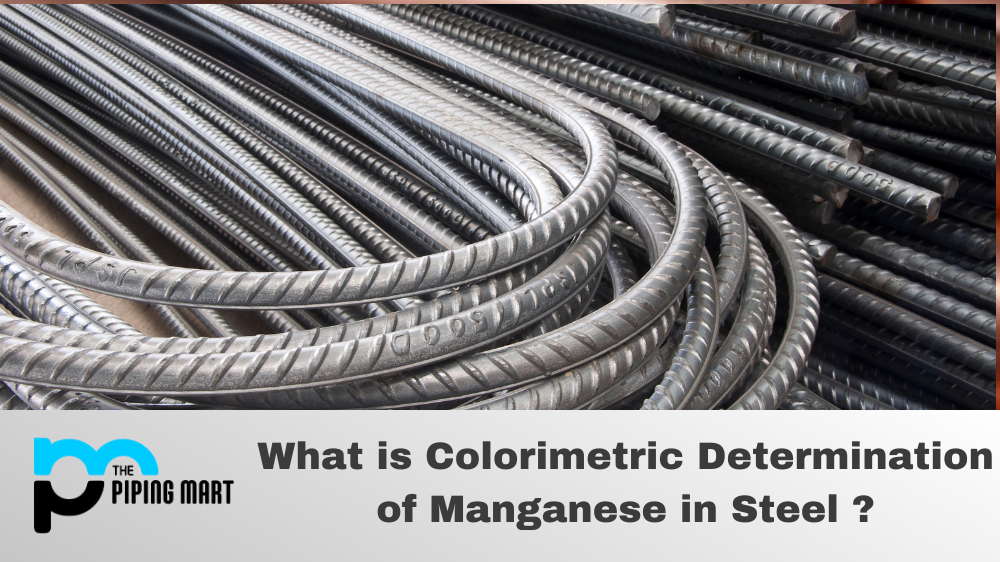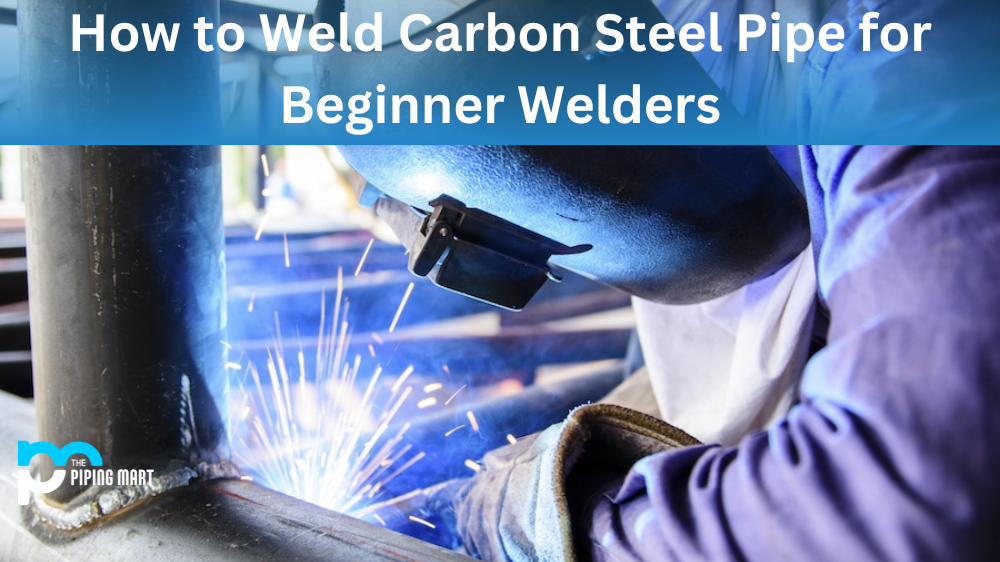Welding steel and cast iron together can be tricky, but it can be done with the right tools and techniques. This blog post will give you an overview of the steps you need to take to get a successful weld that is strong and durable.
Preparation for Welding Steel to Cast Iron
If you’re welding steel and cast iron together, starting with clean surfaces is essential. Make sure any dirt or rust is removed from both materials before welding. To do this, use an angle grinder or sandpaper to scuff up the surface of each piece and then wipe them down with a cloth. You should also ensure that any oil or grease has been removed from the surfaces, as these can prevent a successful weld. Once your materials are clean, you’ll want to tack them together using a low-heat setting on your welder, so they stay in place while welding.
Welding Technique
Three things are important when welding steel and cast iron together: temperature, technique, and amperage. First, choose a welding temperature between 1,900-2,400 degrees Fahrenheit. Too hot or cold can lead to weak welds or cracking during cooling. Next, when it comes to technique, you’ll want to use a combination of short arc welding and pulsed arc welding to prevent the warping or cracking of the metals during cooling. Finally, set your amperage at around 85-100 amps depending on material thickness; higher amps will create more heat, which could also lead to warping or cracking.
Cooling Techniques
Once you’ve finished welding your steel and cast iron pieces together, you must cool them slowly and evenly for the welds not to crack during cooling. To do this, use a fan or other cooling device that will move air evenly around both pieces until they have cooled completely; avoid sudden changes in temperature by not placing them near air conditioners or open windows/doors where there might be drafts of cold air. Additionally, try submerging the pieces into the water once they are cool enough, as this helps dissipate heat more quickly than just air cooling alone would do.
Conclusion:
Welding steel and cast iron require careful preparation beforehand and specific techniques while welding for successful results without cracks or warps forming during cooling. By cleaning both surfaces before starting work and tacking them together beforehand for stability during welding, along with using the correct temperatures, techniques (such as short arc / pulsed arc), and amperage levels (usually 85-100), a strong weld can be achieved between these two materials without fail! After finishing up, the welds, remember not only must they cool properly – with fans / slow air displacement or through submersion into the water – but also check over your work afterward for any signs of defects before using it in any applications! With these tips in mind, anyone looking into how best to weld steel onto cast iron will surely succeed when putting their skills into practice!
Sakshee is a talented blogger, with a particular focus on the Business and Metal Industry. She is passionate about sharing her insights on various metal products and helping professionals to make a better decisions.




